Eastern rainbowfish - Melanotaenia splendida splendida
Scientific name: Melanotaenia splendida splendida
Common name: Eastern rainbowfish
Family: Melanotaeniidae
Usual size in fish tanks: 13 - 15 cm (5.12 - 5.91 inch)
014
Recommended pH range: 5 - 8.5
Recommended water hardness: 6 - 15°N (107.14 - 267.86ppm)
0°C 32°F30°C 86°F
Recommended temperature range: 20 - 30 °C (68 - 86°F)
The way how these fish reproduce: Spawning
Where the species comes from: Oceania
Temperament to its own species: peaceful
Temperament toward other fish species: peaceful
Usual place in the tank: Top levels
Short Description
The Eastern Rainbowfish (Melanotaenia splendida splendida) is a vibrant and hardy freshwater species native to the rivers and streams of northeastern Australia. Known for their shimmering colors and peaceful temperament, these rainbowfish are a popular choice for both beginner and experienced aquarists. Their adaptability to a wide range of water conditions and their active, schooling behavior make them a delightful addition to any community tank.
Origin
Melanotaenia splendida splendida is endemic to Oceania, specifically northeastern Australia. These fish inhabit a variety of freshwater environments, including rivers, streams, and lagoons, often surrounded by dense vegetation. Their natural habitats experience fluctuating water conditions, contributing to their remarkable adaptability in aquariums.
Tank Requirements
A tank of at least 200 liters (50 gallons) is recommended for Eastern Rainbowfish to accommodate their active swimming behavior. Maintain water temperatures between 20-30°C (68-86°F), a pH range of 5-8.5, and water hardness of 6-15°N (107.14-267.86 ppm). Provide plenty of plants around the tank's edges while leaving open swimming spaces in the center. Use a low-flow filter to replicate their natural environment and ensure regular water changes to maintain water quality.
Food and Feeding
Eastern Rainbowfish are omnivorous and thrive on a varied diet. Provide high-quality flakes and small pellets as their staple diet. Supplement with vegetable matter, such as blanched lettuce or peas, to meet their nutritional needs. Include protein-rich treats like bloodworms, brine shrimp, or daphnia several times a week to enhance their coloration and overall health.
Compatibility
These peaceful fish are excellent candidates for community tanks. Suitable tankmates include tetras, peaceful barbs, Corydoras catfish, and other rainbowfish species. Avoid housing them with aggressive or overly large fish that may intimidate them. Keeping them in groups of six or more encourages schooling behavior and reduces stress.
Sexing
Males are typically larger than females and have deeper bodies with more intense coloration, particularly during the breeding season. Observing their physical differences becomes easier as they mature.
Breeding
Breeding Eastern Rainbowfish is relatively straightforward. Provide a separate breeding tank equipped with spawning mops or fine-leaved plants. Condition the adults with protein-rich foods such as live or frozen bloodworms. After spawning, remove the parents to prevent them from eating the eggs. The eggs hatch within a few days, and the fry can initially be fed infusoria or finely powdered egg yolk. As they grow, transition them to crushed algal flakes and newly hatched brine shrimp.
Lifespan
With proper care, Melanotaenia splendida splendida can live for up to 5 years. Maintaining stable water parameters, a nutritious diet, and a stress-free environment are essential for their longevity.
Picture
Bought by aqua-fish.net from jjphoto.dk.
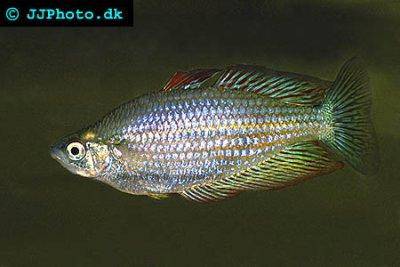

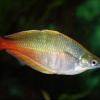 Bleher’s
Bleher’s 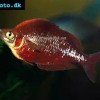 Red
Red 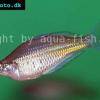 Ramu
Ramu 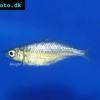 Wanam
Wanam 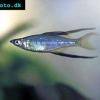 Threadfin
Threadfin 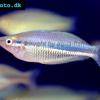 New
New 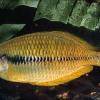 Yakati
Yakati 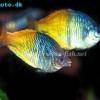 Boesemani
Boesemani 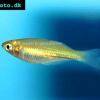 Crimson
Crimson 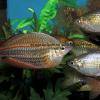 Australian
Australian 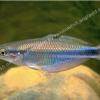 Goldie
Goldie 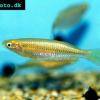 Slender
Slender 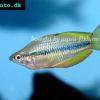 Lake
Lake 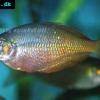 Irian
Irian 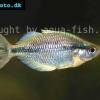 Kamaka
Kamaka 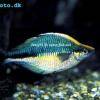 Lake
Lake 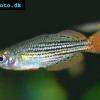 Dwarf
Dwarf 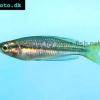 Black
Black 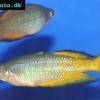 Parkinsoni
Parkinsoni 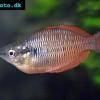 Sunset
Sunset 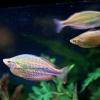 Neon
Neon 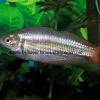 Western
Western 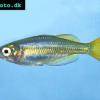 Inornate
Inornate 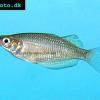 Ruby
Ruby 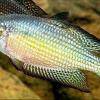 Desert
Desert 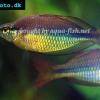 Regal
Regal